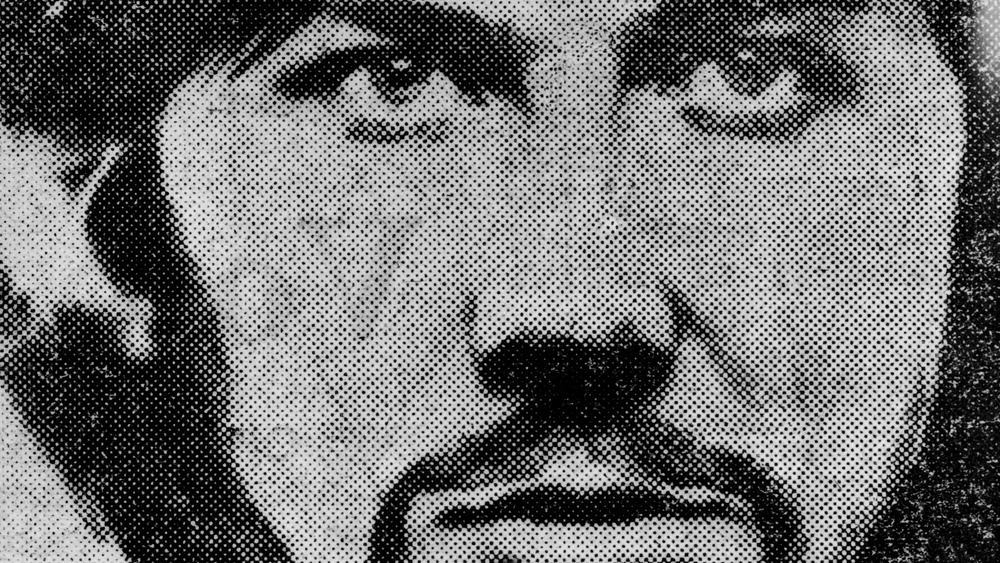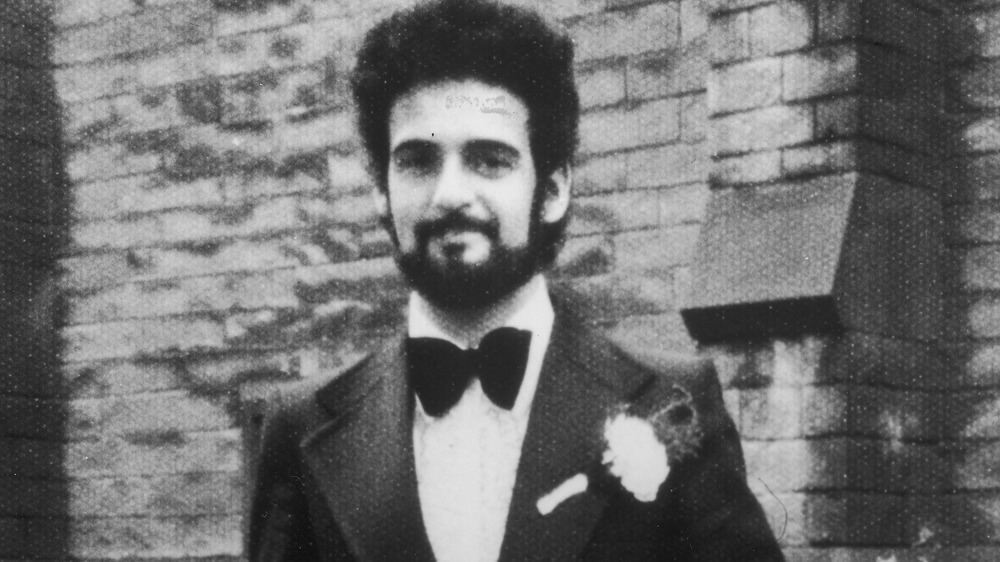The Truth About The Yorkshire Ripper's Arrest
For five years, the north of England had been terrorized by a man the British press dubbed "The Yorkshire Ripper." It was an ominous nod to Jack the Ripper, the still-unidentified murderer who stalked and brutalized sex workers in London's East End in the Victorian era. While Jack may be more well-known, few cases accrued as much media coverage as the Yorkshire Ripper, all of it leading to what a former detective on the "Ripper Squad" referred to as "mass hysteria," in an interview with the BBC.
Everyone, it seemed, was afraid of the man who stalked single women at night. Though the murders were initially thought to have begun, as Jack the Ripper's had, with killings of sex workers, the Yorkshire Ripper soon branched out to victims from other walks of life. As The Guardian detailed in a 2016 piece critical of the police working the case, because the body of the modern Ripper's first-known victim, Wilma McCann, had been found in a red-light district known for prostitution, police assumed she'd been a sex worker, leading them down the first of many wrong roads.
Despite, as the BBC further reports, a "200-strong ripper squad" that "carried out more than 130,000 interviews, visited more than 23,000 homes and checked 150,000 cars," the capture of Peter Sutcliffe, the man known as the Yorkshire Ripper, could effectively be chalked up to dumb luck.
A fake license plate leads to the Ripper's arrest
Three months after what would be Sutcliffe's final attack, police finally caught up with him, albeit because his car had a hinky license plate. According to Crime + Investigation, a Sheffield officer on routine patrol suspected a couple in a car might be engaging in prostitution and stepped over to speak with them. The woman claimed the man was her boyfriend and the man (who said he was Peter Williams) claimed he badly had to go to the bathroom, so the officer let him. At some point, the officer ran the plate, discovered it didn't match the vehicle, and took the man into custody.
Once Sutcliffe (who'd by now admitted his real name) was detained, police noticed his resemblance to sketches of the Ripper. After testing his blood and discovering it was the same somewhat rare type as had been found at various crime scenes, the officer returned to the scene of the arrest over the bad plate. There, where Sutcliffe had gone to "relieve" himself, the officer found a ball-peen hammer and knife.
Confronted with the evidence, Sutcliffe confessed on January 4, 1981, in a more-than-15-hour statement to police. He was convicted of killing 13 women and the attempted murder of seven more. Peter Sutcliffe was sentenced to 20 life sentences that year, though of course, he only made it through one. Sutcliffe, still imprisoned nearly 40 years later, died in November of 2020.

